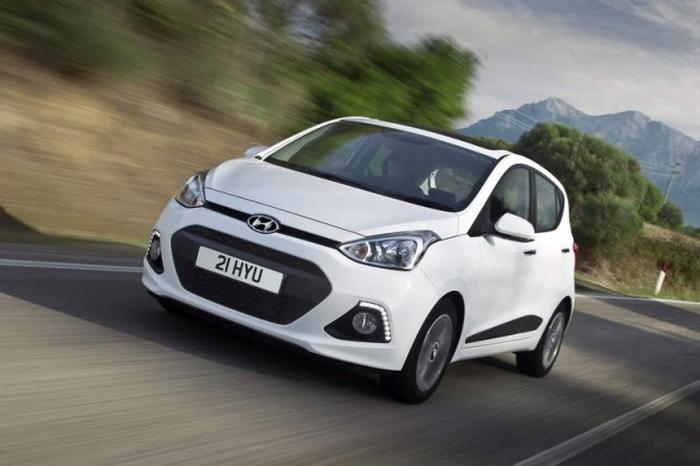2013 - 2022 Hyundai i10 Hatchback Review

Buyer's guide to the Hyundai i10 Mk2 (2013-2022)
Review
While some car makers are turning their backs on the city car sector, the Hyundai i10 has gone from strength to strength since its introduction in 2007. The second generation we're looking at here arrived at the start of 2014, while it received a facelift at the end of 2017. The Mk2 was replaced by the Mk3 in 2022, although it's a credit to the second generation that the later model largely followed the same template set by its predecessor.
The i10 Mk2 was in the thick of a busy city car class when it was launched, with a number of talented rivals challenging for sales. If you're looking for a used city car, then the Volkswagen up! and the closely related Skoda Citigo and SEAT Mii are strong contenders in the class, while the joint-venture models of the Citroen C1, Peugeot 107/108 and Toyota Aygo offer super-cheap motoring. Another option is the Kia Picanto, which shares technology with the i10. All of these cars follow a similar formula, but there are other options available. The Fiat 500 and Ford Ka share tech and are slightly larger than the i10, while other options include the Opel Karl, Fiat Panda and Dacia Sandero. The latter is supermini-sized, but you can get a similar age Sandero for the same price as an i10.
The truth is, while all of these cars are alternatives, the Hyundai i10 is probably the top choice in the class, offering decent equipment and space, as well as surprisingly grown-up driving manners.
What's it like?
The Hyundai i10 is a typical small city car that isn't much longer than it is wide, and this version came exclusively as a five-door hatchback. Its compact dimensions mean that it's likely to carry either cargo or passengers, but not both. Hyundai offered the option of four or five-seat configurations, the former designed as a fuel-saving eco-friendly variant, although the vast majority of cars for sale in the classifieds are five-seaters.
While many rivals only offered one engine option, there were two in the Hyundai i10 Mk2: a 1.0 MPi three-cylinder unit and a 1.25 MPi four-cylinder. These had 66hp and 87hp respectively, while drive went to the front wheels via a five-speed manual gearbox, or there was the option of a four-speed automatic for both engines. Nearly all of the used i10s for sale are manuals, with only a handful of automatics on offer.
Which model to go for?
The only real benefit of choosing the 1.25 MPi petrol engine over the 1.0 MPi is for a bit of extra smoothness at motorway speeds. Yes, it's a couple of seconds faster from 0-100km/h, but neither model is especially quick, and the 1.0-litre is torquey enough that its lack of power isn't much of an issue. Automatics are rare, and we wouldn't recommend one unless you must have an automatic.
Trim levels for the i10 sold in Ireland are either Classic or Deluxe, while UK imports come in SE or Premium guises. Both engines were offered in all trim levels. You get a decent amount of equipment for a city car, too, with Deluxe cars featuring luxuries such as heated seats, alloy wheels and a multifunction steering wheel.
Does anything go wrong?
The Hyundai i10's compact shape and easy-going nature means that it's an ideal first car, so it's worth looking closely at any prospective purchase for knocks and dings, while kerbed wheels could be a warning sign that damage might have occurred to the suspension or steering, too.
Beyond these issues and a potential for rough changes for the manual gearbox, there isn't very much that goes wrong with the i10 Mk2 - it hasn't even had any safety recalls issued against it at all.



